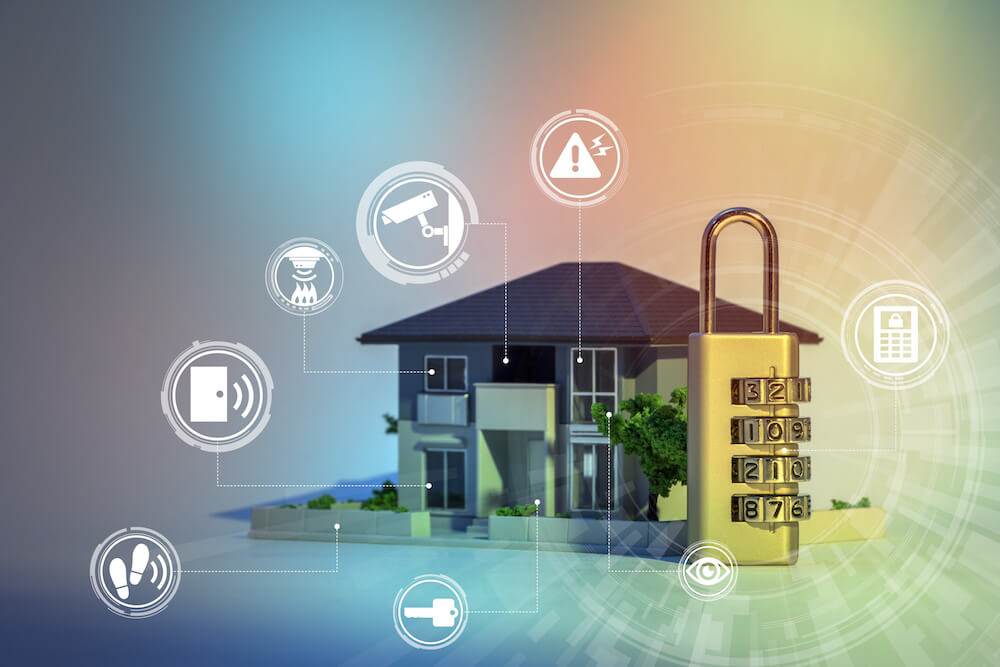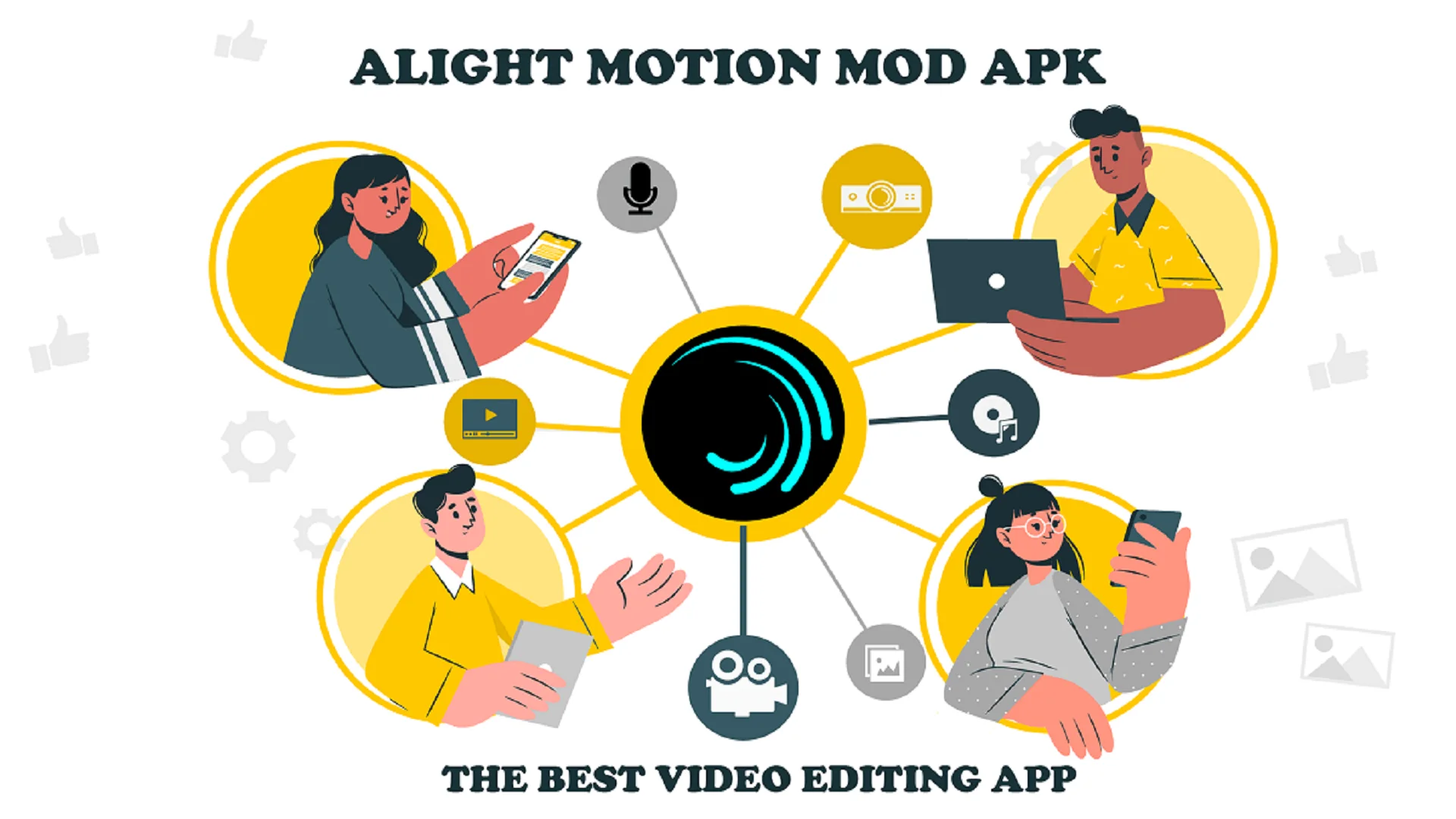Your cart is currently empty!

2025 Smart Home Automation: The Ultimate Guide to Future Living
What is Smart Home Automation? Smart home automation refers to the use of technology to control and monitor various household functions, such as lighting, heating, security, and entertainment, often through connected devices. In 2025, smart home systems are becoming increasingly sophisticated, integrating artificial intelligence (AI) and voice-controlled technology to provide seamless user experiences. Key Trends…
What is Smart Home Automation?
Smart home automation refers to the use of technology to control and monitor various household functions, such as lighting, heating, security, and entertainment, often through connected devices. In 2025, smart home systems are becoming increasingly sophisticated, integrating artificial intelligence (AI) and voice-controlled technology to provide seamless user experiences.
Table of Contents
Key Trends in Smart Home Automation 2025
The future of smart homes in 2025 is shaped by several key trends:
- Enhanced Interoperability: Devices from different manufacturers will communicate more effectively, driven by the adoption of universal standards like Matter.
- AI-Powered Personalization: Home systems will learn user habits to provide tailored experiences, from adjusting thermostats automatically to recommending movies.
- Sustainability Focus: Smart homes will emphasize energy efficiency, integrating solar power systems and smart energy meters.
- Voice-First Interfaces: Voice control will dominate, making it easier to manage devices hands-free.

Smart Home Applications and Automation Systems
The applications of smart home automation are vast, enhancing convenience, security, and energy efficiency. Popular systems and devices include:
- Smart Lighting Systems: Allow remote control and scheduling of lights, often with dimming and color options.
- Smart IR Blaster: Controls traditional appliances like TVs and AC units using smartphone apps or voice commands.
- Smart Door Locks: Provide keyless entry with options for fingerprint, PIN codes, or smartphone access.
- Smart Speakers: Central hubs for controlling devices through voice assistants like Alexa or Google Assistant.
- Smart Security Cameras: Offer features like live streaming, motion detection, and cloud storage.
- Smart Scene Switches: Pre-program multiple devices to adjust settings for specific scenes, such as “Movie Night.”
- PIR Motion Sensors: Detect movement and trigger lights or alarms for security or energy efficiency.
- Human Presence Sensors: Differentiate between humans and pets to provide targeted automation.
- Smart Home Hubs: Act as centralized controllers for managing connected devices seamlessly.
- Smart Curtains and Blinds: Automate window coverings for light control and privacy.

How Will Security Features Advance in Smart Homes by 2025?
Security remains a top priority for smart home automation, with advancements including:
- AI-Driven Surveillance: Cameras with facial and behavioral recognition.
- Biometric Authentication: Fingerprint and voice recognition replacing traditional keys.
- Real-Time Alerts: Instant notifications for unusual activity via mobile apps.
- Integrated Ecosystems: Unified platforms combining alarms, cameras, and locks for comprehensive security.
How to Prepare for Smart Home Automation 2025?
To make the most of upcoming innovations, consider the following:
- Upgrade Your Internet: A reliable and fast connection is critical.
- Choose Scalable Systems: Opt for devices compatible with universal protocols like Matter.
- Invest in Training: Familiarize yourself with device functionalities and updates.
- Prioritize Cybersecurity: Use strong passwords and multi-factor authentication to protect your network.
What Are the Latest Innovations in Smart Home Connectivity?
Connectivity underpins the success of smart home systems. Notable innovations include:
- 5G Integration: Enabling faster data transfer for real-time control.
- Mesh Wi-Fi Networks: Enhancing coverage across large homes.
- Edge Computing: Processing data locally on devices to reduce latency.
- IoT Expansion: Increasing device compatibility and data exchange capabilities.
| Innovation | Benefits |
| 5G Integration | Real-time device responsiveness |
| Mesh Wi-Fi Networks | Improved coverage |
| Edge Computing | Reduced latency |
| IoT Expansion | Better device interoperability |
How Will Voice Control Technology Evolve by 2025?
Voice control is a cornerstone of smart home automation. By 2025, expect the following advancements:
- Natural Language Processing (NLP): Voice assistants will understand complex commands and context better.
- Multilingual Support: Devices will support multiple languages simultaneously.
- Emotion Recognition: Assistants will adapt based on user tone and mood.
- Seamless Integration: Voice control will extend to more household devices, from coffee machines to garden sprinklers.
Conclusion
Smart home automation is transforming daily living, making homes more convenient, secure, and efficient. With advancements in AI, connectivity, and voice technology, 2025 promises a future where homes are more intuitive and responsive than ever.
Frequently Asked Questions And Answers
Q1: What is the cost of setting up a smart home in 2025? A1: Costs vary widely, but basic setups start at $500, while advanced systems can exceed $5,000.
Q2: Can smart home devices work without the internet? A2: Some functionalities, like local automation, can work offline, but internet access is required for most features.
Q3: How secure are smart home systems? A3: Modern systems offer robust encryption and multi-factor authentication, but users should remain vigilant.
Q4: Are smart home devices energy-efficient? A4: Yes, many devices are designed to optimize energy use, saving on utility bills.
Q5: Which voice assistants are leading in 2025? A5: Amazon Alexa, Google Assistant, and Apple Siri remain the top contenders, with increasing capabilities and integrations.
Interesting Read: Internet of Things-IoT: Best Guide to Connected Devices 2025


